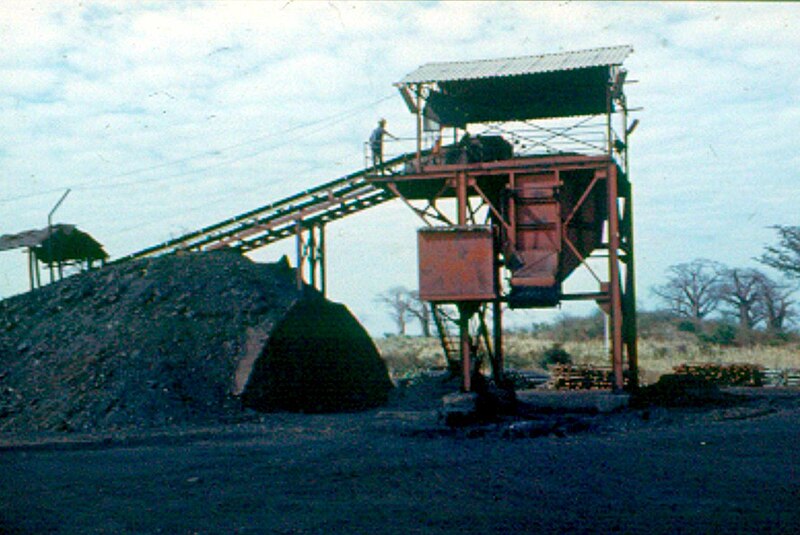
Mozambique — the relatively small East African nation of about 25 million people — is mostly known in the US and around the world for the bloody civil war that crippled the country for nearly two decades.
But that conflict ended 20 years ago. Today, after a return to peace and political stability, Mozambique is preparing to assume its role as one of the world’s leading providers of natural resources such as coal and natural gas.
Enormous Wealth of Natural Resources
In 2012, mining and quarrying in Mozambique accounted for more than 1.5% of the nation’s total gross domestic product, with energy accounting for another 5%. In the past two years, output of coal and gas has increased substantially and these sectors were expected to account for nearly 10% of GDP.
Mozambique has the fourth-largest gas reserves in the world, as well as one of the largest deposits of coal, much of whi
ch is export grade coking coal, the kind used to make steel. As a result, the world’s largest mining companies are flocking there, especially the mineral-rich Tete Province. Major sources of natural gas also have been discovered just offshore of Mozambique.
Investment by Major Global Companies
Rio Tinto, a major British/Australian mining company, owns about 2,500 square 1,500 square mile property that may contain up to 4 billion tons of coal. Another major mining firm — Vale, based in Brazil — holds the exclusive mining rights on a property believed to contain an estimated 6 billion tons of coal.
Up until 1974, Mozambique was a colony of Portugal. But just three years after it declared its independence, warring political factions became embroiled in a civil war that lasted until 1994. Since then, the country has been under the control of the Frelimo political part

y, which has provided economic stability and has focused on growing key sectors such as resources and agriculture.
But while the country contains rich stores of the natural resources the rest of the world wants — not only coal and natural gas, but also aluminum, beryllium and tantalum — it lacks the infrastructure to get these resources out of its mines and to the rest of the world.
Infrastructure Needs to Be Improved
Rio Tinto, Vale and other international conglomerates are working with the government of newly elected President Felipe Nyusi and the nation’s Frelimo-ruled parliament to build and improve roads, railroads, ports and other infrastructure to support the nation’s growing role as a global provider of natural gas, coal and other natural resources.
Mozambique’s political leaders hope that the country’s growing role as a leading provider of natural resources for the rest of the world will lead to increased government revenues, which then can be reinvested into infrastructure. Building new roads, power generating stations, railroad lines and other major projects will create new jobs.
Objective: National Electrification
This, in turn, will help improve other key areas — such as education, public health, waste and water — which are still sorely lacking throughout much of the country. Another goal is to bring electricity to the entire nation by building two major new power stations and tapping into the estimated 5,000 megawatt hydroelectric potential of Mozambique’s Zambezi River.
Mozambique is one of the most politically stable countries in East Africa. If it stays that way, its wealth of natural resources will likely attract the attention and money of foreign investors for many years to come.
